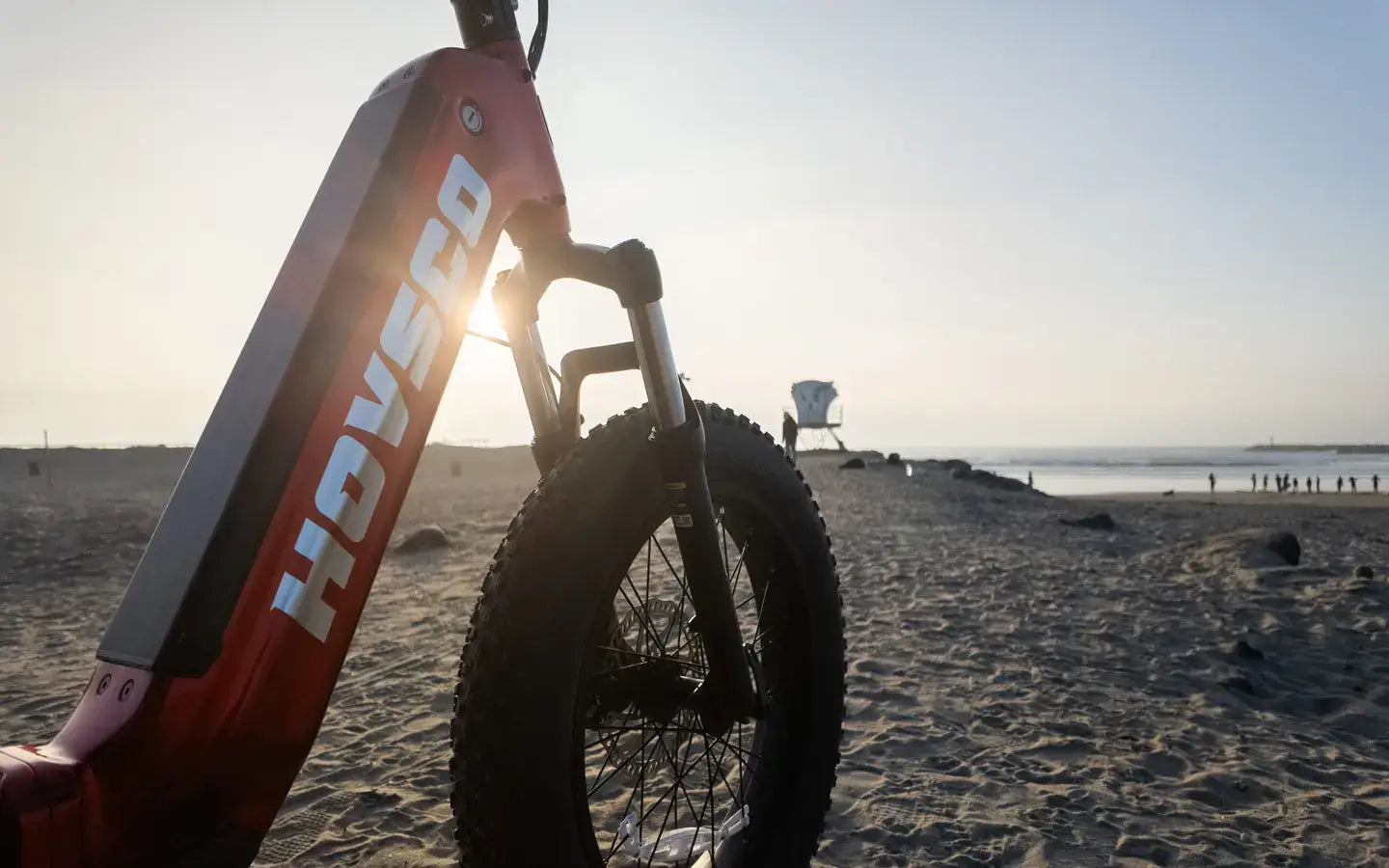
- by LiuJiazhu
What Safety Gear Is Essential for Aggressive Electric Mountain Biking?
- by LiuJiazhu
Essential safety gear for aggressive electric mountain biking includes a full-face helmet, armored jacket, gloves, goggles, knee/elbow pads, and high-visibility clothing. These items protect against high-speed impacts, debris, and ensure visibility in rugged terrain.
A full-face helmet provides superior protection for the head, jaw, and face during high-speed crashes or collisions with obstacles. Unlike standard helmets, it combines impact absorption with extended coverage.
Aggressive e-mountain biking involves steep descents and speeds exceeding 30 mph, where traditional helmets lack jaw protection. Full-face helmets meet ASTM F1952 or CE EN 1078 certifications, ensuring they withstand multiple impacts. Pro tip: Prioritize helmets with MIPS (Multi-directional Impact Protection System) to reduce rotational forces. For example, a rider avoiding a rock slide at 25 mph would rely on the helmet’s chin guard to prevent facial injuries. But what if the helmet lacks proper ventilation? Choose models with adjustable vents to balance airflow and protection.
| Full-Face Helmet | Standard Helmet |
|---|---|
| Jaw and face protection | Limited to top/sides |
| Certified for high-speed impacts | Suitable for low-speed rides |
| Heavier but safer | Lighter but less protective |
Armored jackets and pants integrate hard-shell protectors for the spine, shoulders, and hips, shielding riders from fractures and abrasions during falls.
Modern armor uses materials like D3O, which remains flexible until impact, then hardens to dissipate energy. For technical trails, CE Level 2 armor is recommended—it withstands forces up to 50 kN. Practically speaking, a rider tumbling down a rocky slope would avoid spinal injury thanks to back protectors. Pro tip: Ensure armor fits snugly but allows full mobility. Avoid loose straps that shift during crashes. What’s the downside? Armor adds weight, but newer designs prioritize lightweight composites.
Rugged gloves improve grip, reduce vibration fatigue, and protect hands during falls or branch strikes.
E-bike handlebars transmit intense vibrations, especially on downhill runs. Gloves with gel padding absorb shocks, while reinforced knuckles guard against impacts. For instance, a rider gripping brake levers for extended descents would prevent blisters and maintain control. Pro tip: Choose gloves with touchscreen-compatible fingertips for trail navigation. But how often should they be replaced? Inspect for frayed seams or thinning palm layers monthly.
Anti-fog goggles with UV protection shield eyes from dust, debris, and sunlight while maintaining clear vision at speed.
At 20+ mph, windborne particles can cause temporary blindness. Goggles with triple-layer lenses resist scratching and adapt to shifting light conditions. For example, a rider navigating a forest trail at dusk benefits from amber-tinted lenses enhancing contrast. Pro tip: Apply hydrophobic coating to lenses to repel mud and rain. What’s often overlooked? Straps should integrate with helmets to avoid slippage.
| Goggles | Regular Sunglasses |
|---|---|
| Full eye enclosure | Partial coverage |
| Sealed against debris | Gaps allow particles |
| Compatible with helmets | Limited secure fit |
Knee/elbow pads are vital for joint protection, reducing fracture risks during crashes or collisions with terrain.
E-mtb’s torque-assisted climbs increase the likelihood of sudden dismounts. Pads with hard plastic caps and breathable foam disperse impact energy. A rider slipping on a wet root would rely on knee pads to prevent patellar injuries. Pro tip: Opt for slide-resistant silicone grips to keep pads in place. But can they hinder movement? Test flexibility by mimicking riding positions pre-purchase.
High-visibility jackets or vests ensure riders are seen by others in low-light conditions or dense trails.
E-bikes often ride shared trails where hikers or cyclists may not hear motors. Materials with 3M reflective strips enhance visibility up to 500 feet under headlights. For example, a dusk ride near traffic becomes safer with fluorescent colors alerting drivers. Pro tip: Layer high-vis gear over armor without compromising protection. What’s the trade-off? Balance visibility with breathability to avoid overheating.
No—motorcycle helmets are heavier and lack ventilation suited for uphill climbs. Use MTB-specific full-face helmets instead.
Do elbow pads restrict movement during climbs?High-quality pads balance flexibility and protection. Look for articulated joints and stretch fabrics.
Is high-vis gear necessary during daytime?Yes—forest trails often have shaded areas where visibility drops abruptly. Fluorescent colors enhance contrast.
Share:
What Are the Top-Rated Electric Mountain Bikes with Suspension Systems?
Which e Mountain Bike Offers the Best Ride and Value in 2025?